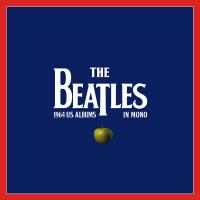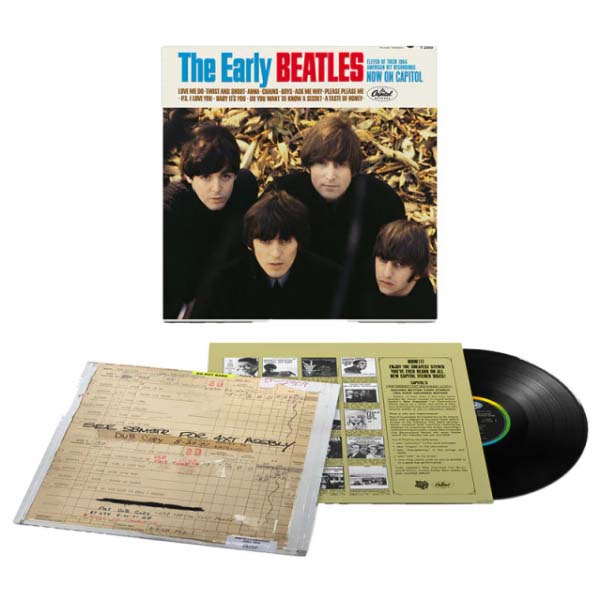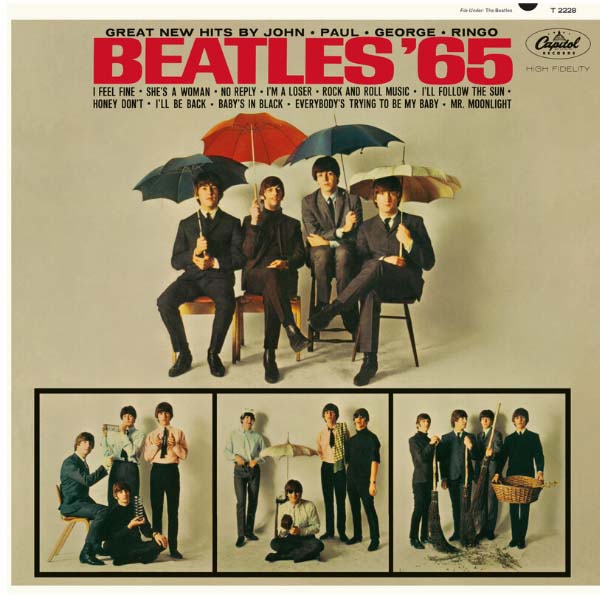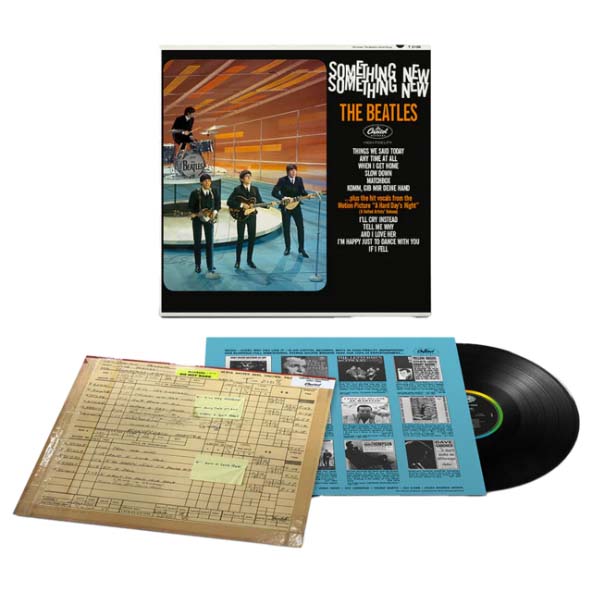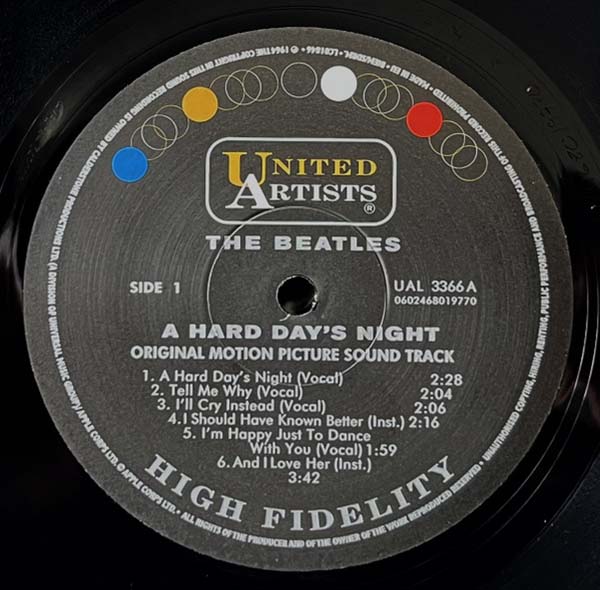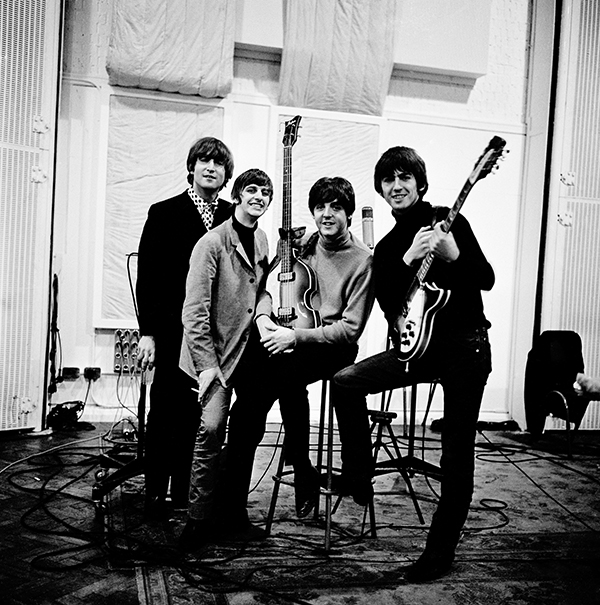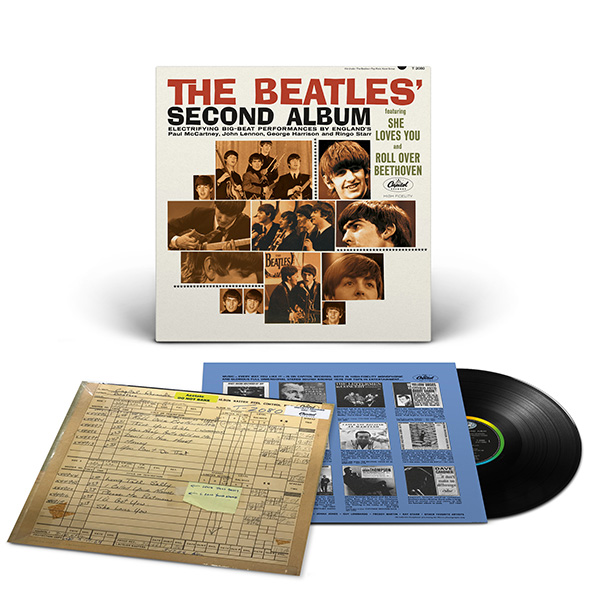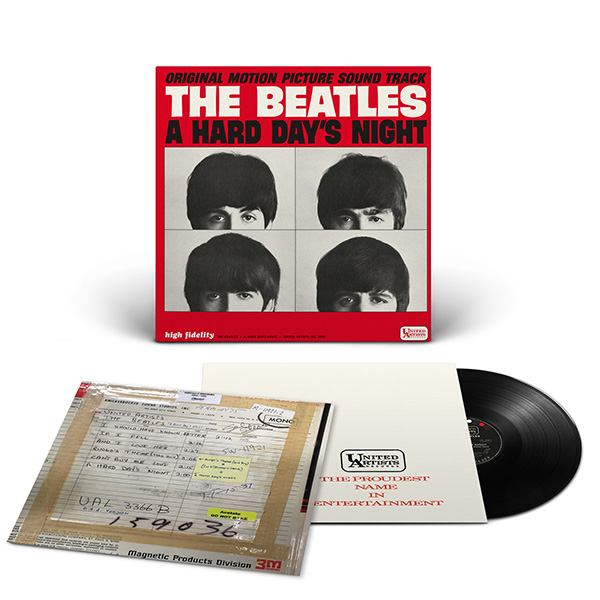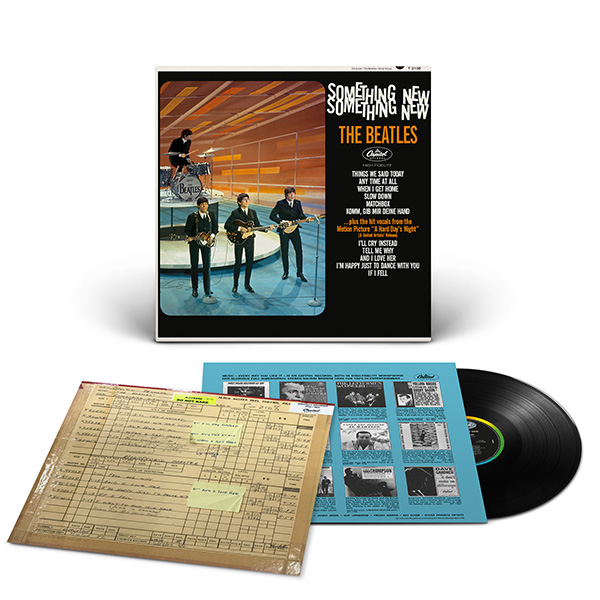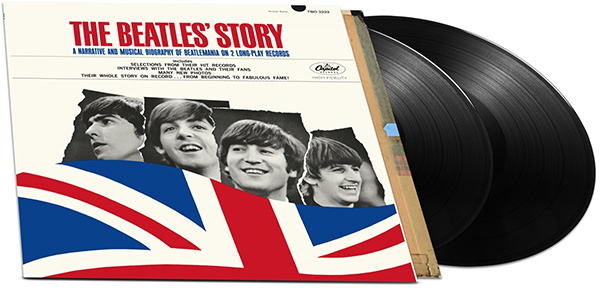I think you nailed it in this review / summary Mark. I never really got into the Beatles as a kid / teen, all over the radio of course, but not on my record player / turntable. For me then, this series is a really delightful way to revisit the 60's with a newfound Beatles twist.
I purchased the "6 pack," not the box, and have found all pressings to be remarkably clean, quiet, and centered with no non-fill issues. I was rather surprised given all the static on the airwaves about this pressing plant and surmised that perhaps Capital leaned extra hard on the pressers to get it right.
On another note, for years I have had a mono Grado lying around unused. My EMT TSD 15 is getting long in the tooth so I pulled it and swapped in the cheap and cheerful Grado.
Kapow! These Beatle monos really came alive versus the old stereo cart. Especially startling are my Miles Davis and other jazz monos. Now it looks like it's time for a second tonearm because I sure don't want to go back to playing monos with a stereo cartridge.
Just when I thought my system was end game... (insert head smack here)
